Preserved eggs, also known as century eggs or pidan, are a culinary delicacy enjoyed across Asia and beyond. These eggs undergo a transformational process that alters their texture, flavor, and appearance through controlled fermentation and chemical reactions. A common question among both home cooks and food enthusiasts is: How long should preserved eggs cure before they are safe and delicious to eat? This article delves into the science, tradition, and practical considerations behind determining the ideal curing time for preserved eggs, ensuring both safety and culinary excellence.
The Alchemy of Preserved Eggs: Understanding the Process
Preserved eggs are typically made from duck, chicken, or quail eggs coated in a mixture of alkaline substances like lime (calcium oxide), wood ash, salt, and sometimes tea leaves or rice husks. This alkaline coating initiates a series of chemical reactions that break down the egg’s proteins and fats, resulting in a gelatinous white and a creamy, dark yolk. The transformation is not merely about preservation but about creating a unique flavor profile—savory, umami-rich, and slightly sulfurous.
The curing process is delicate. Too short a curing time, and the egg remains raw, with an unappealing texture. Too long, and the egg may develop an overly pungent aroma, a chalky yolk, or a rubbery white. Striking the right balance requires patience, precision, and an understanding of environmental factors.
Factors Influencing Curing Time
The duration for curing preserved eggs varies widely, from a few weeks to several months, depending on several variables:
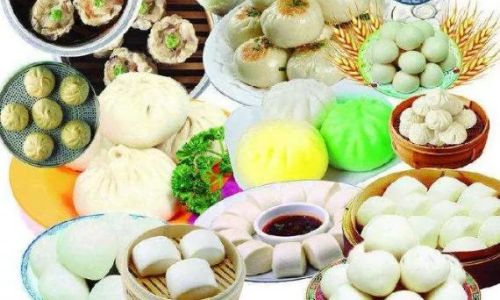
- Alkalinity of the Curing Mixture: A higher concentration of lime or ash accelerates the curing process. However, excessive alkalinity can lead to over-curing, causing the egg to become bitter or ammonia-like in taste.
- Temperature and Humidity: Warmer environments (around 70–85°F or 21–29°C) speed up chemical reactions, shortening curing time. Conversely, cooler temperatures slow the process, requiring more patience.
- Egg Size: Larger eggs, such as duck eggs, take longer to cure than smaller chicken eggs due to their thickness and volume.
- Storage Method: Eggs buried in soil or wrapped in plastic may cure differently than those left in open containers. Soil, for instance, retains moisture and regulates temperature, potentially reducing curing time.
- Desired Texture and Flavor: Some enthusiasts prefer a softer, creamier yolk, necessitating a shorter curing period (3–5 weeks). Others favor a firmer yolk and a more pronounced flavor, which may require 8–12 weeks.
General Guidelines for Curing Duration
While recipes often recommend curing times between 4–10 weeks, the “ideal” duration is subjective. Here’s a breakdown of what to expect at different stages:
- 3–4 Weeks: The egg white begins to solidify into a jelly-like consistency, and the yolk becomes slightly creamy. At this stage, the egg is edible but may lack the depth of flavor associated with fully cured eggs.
- 5–7 Weeks: The white transforms into a translucent, bouncy gel, and the yolk develops a dark green-gray hue with a rich, custard-like texture. This is the sweet spot for many traditionalists.
- 8–12 Weeks: The yolk becomes firm and crumbly, with a stronger, almost cheesy aroma. The white may start to dry out slightly, especially in drier climates.
Signs of Readiness: How to Test Your Preserved Eggs
Determining when preserved eggs are ready is as much an art as it is a science. Here are practical ways to assess their readiness:
- Visual Inspection: A fully cured egg will have a dark, translucent white and a yolk ranging from gray-green to deep brown, depending on the curing time. Avoid eggs with black spots, which may indicate spoilage.
- Texture Test: Gently press the egg white. It should feel firm yet springy, like gelatin. If it remains runny, the egg needs more time. Overly stiff or dry whites suggest over-curing.
- Aroma Check: A well-cured egg emits a faint sulfurous or ammonia-like scent, which mellows when rinsed or cooked. A pungent, overwhelming odor indicates over-curing or contamination.
- The Float Test: Place the egg in a bowl of water. A fully cured egg will sink but remain suspended horizontally, while an under-cured egg may tilt or float vertically.
Safety First: Avoiding Under-Curing and Contamination
Under-cured eggs pose a risk of foodborne illness, as the alkaline mixture may not have sufficiently destroyed harmful bacteria like Salmonella. To ensure safety:
- Use Fresh Eggs: Start with clean, uncracked eggs. Cracks allow bacteria to penetrate, increasing spoilage risk.
- Monitor pH Levels: The curing mixture should have a pH of 12–13 to inhibit pathogens. Test with litmus paper if unsure.
- Avoid Cross-Contamination: Use dedicated utensils and containers for curing. Never reuse curing mixtures for multiple batches.
- Cook Before Consumption (Optional): While traditionally eaten raw, boiling preserved eggs for 5–7 minutes can reduce health risks, especially for vulnerable populations.
Storage and Shelf Life
Properly cured preserved eggs can last for months when stored correctly:
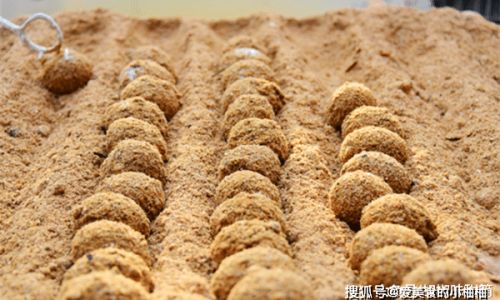
- Refrigeration: Extends shelf life to 6–12 months. Keep eggs in airtight containers to prevent odor absorption.
- Room Temperature: In cool, dry environments, cured eggs can last 2–3 months. Avoid direct sunlight or humidity.
- Vacuum Sealing: For long-term storage, vacuum-sealed eggs retain quality for up to 18 months.
Regional Variations and Traditional Methods
Curing practices vary globally, reflecting local ingredients and climate:
- Chinese Pidan: Typically uses duck eggs cured for 4–6 weeks in a mixture of lime, ash, salt, and tea. The result is a creamy yolk and a floral aroma from tea leaves.
- Japanese Makina Age: A variation using horse urine (historically) or sake lees, resulting in a pungent, savory flavor.
- Thai Khai Yiao Ma: Cured in a mixture of lime, salt, and rice straw, often consumed with pickled vegetables.
Modern Adaptations: Speed vs. Tradition
In an era of instant gratification, some producers experiment with accelerated curing methods:
- Controlled Environments: Using humidity chambers or incubators to maintain optimal temperatures, reducing curing time to 2–3 weeks.
- Pre-Mixed Kits: Commercial curing agents with balanced pH levels streamline the process for home cooks.
- Partial Curing: Briefly curing eggs (1–2 weeks) and then boiling them to mimic traditional textures.
However, purists argue that these methods compromise the depth of flavor and texture achieved through slow, natural curing.
Conclusion: The Patience Payoff
The question of how long to cure preserved eggs has no one-size-fits-all answer. It hinges on personal preference, environmental conditions, and adherence to safety protocols. Whether you opt for a 4-week quick cure or a 12-week traditional soak, the key is to monitor the eggs diligently and trust your senses. The result—a harmonious blend of earthy, savory, and umami flavors—is well worth the wait.

In a world that often prioritizes speed, the art of curing preserved eggs reminds us that some transformations require time, patience, and a willingness to embrace the alchemy of nature. So, the next time you unwrap a jar of these gelatinous treasures, savor not just the flavor but the journey they’ve undergone—from raw egg to culinary masterpiece.
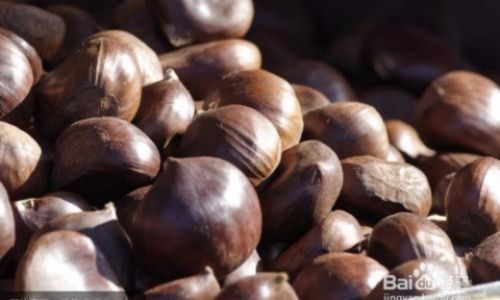
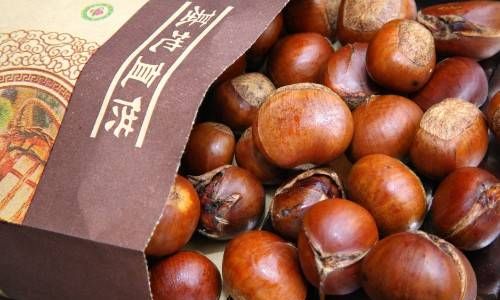
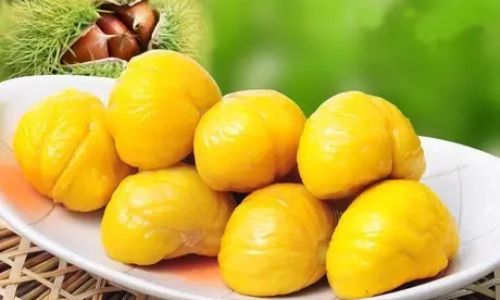
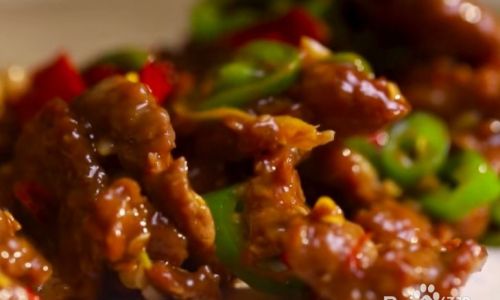
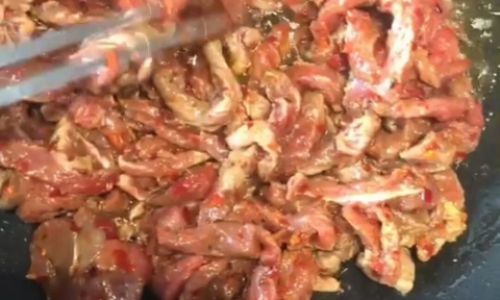
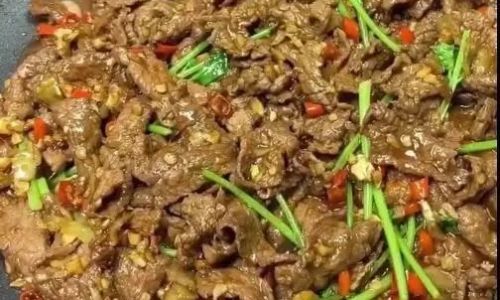
0 comments